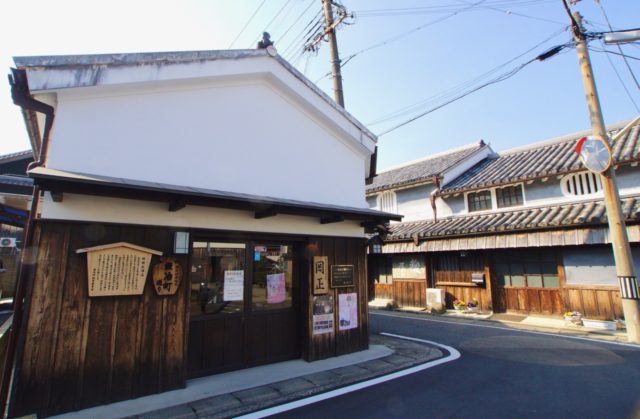The Birthplace of Soy sauce- Yuasa town / 醤油のふるさと湯浅
Preservation District for Groups of Traditional Buildings / 重要伝統的建造物群保存地区
Yuasa is located about 40 minutes by local train from Wakayama city. It is famous for the birthplace of soy sauce, one of the key elements of Japanese dishes. Yuasa town flourishes from the 17th century to 19th century due to say sauce production, and the old townscapes have been well preserved until today. The townscapes are designated as the Important Preservation District for Group of Traditional Buildings (Judenken). Strolling around Yuasa town is something like adventure going back to old time and also discovering the power of regeneration.
It is about a 15 minute walk from JR Yuasa station to the Preservation District. Along the way, you will pass Kumano Pilgrimage Route (in Domachi Dori). Yuasa has a rich history and tradition.
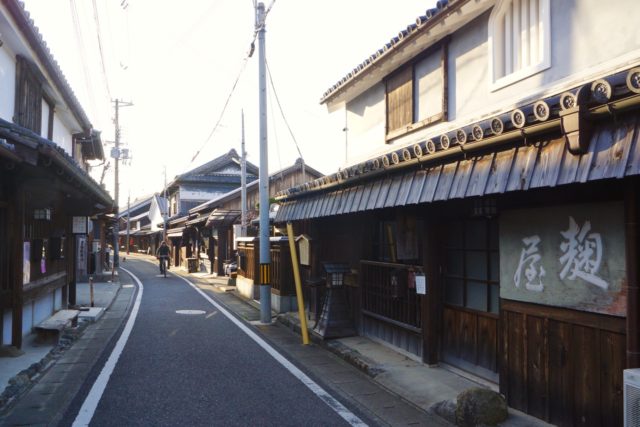
Daisen moat
Shoyu, soy sauce, used to be shipped from here. Inner loading port for
the soy sauce ingredients and products. Warehouses and stone walls remain as they were in the 19th century.
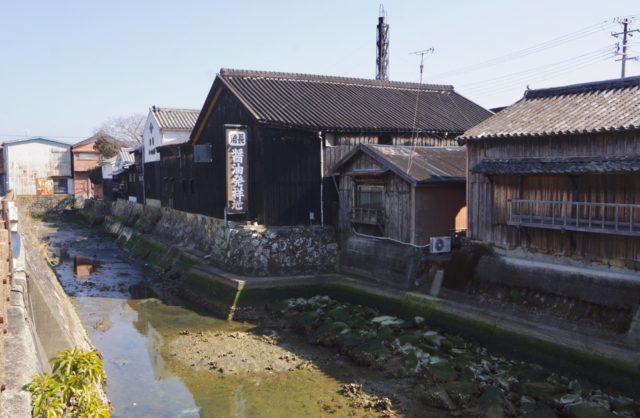
Shoyu shop Kadocho
Kadocho was established in 1841 in Edo period. A shokunin-kura (workers’
lodging) near the shop exhibits the tools used in shoyu brewing in old
times. You can feel the old style of brewing here. In the Shoyu archives
newly built, you can learn shoyu production methods.
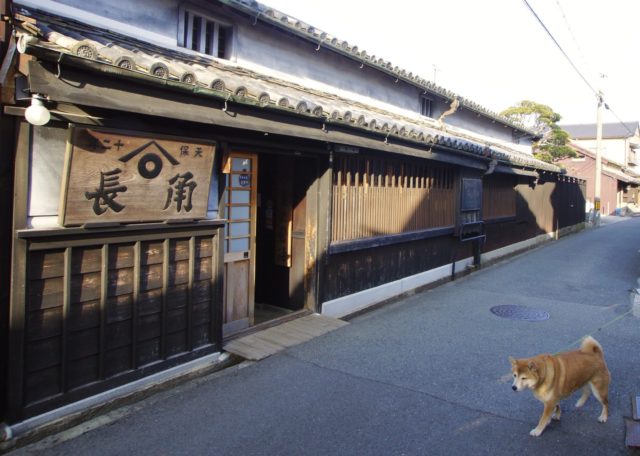
Ota Kyusuke ginsei (Kinzanji miso shop)
The family used to run shoyu brewery. This house was built in the late Edo period. Now Kinzanji-miso, the origin of shoyu, is produced and sold here.
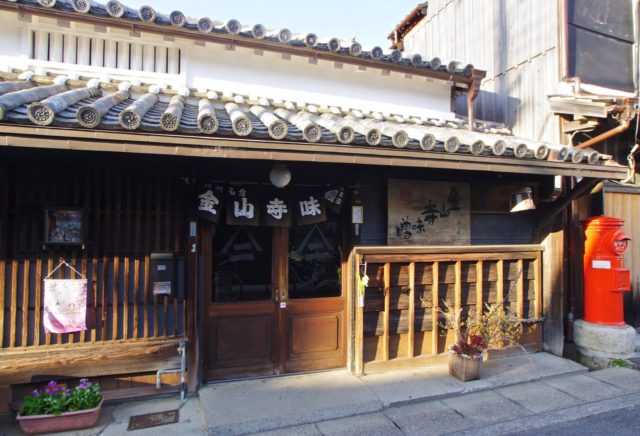
Senzan-An Newly opened lodging (One group per night)
This house was renovated for lodging in 2017. The original was more than 100 years old. They accept only one group per night.
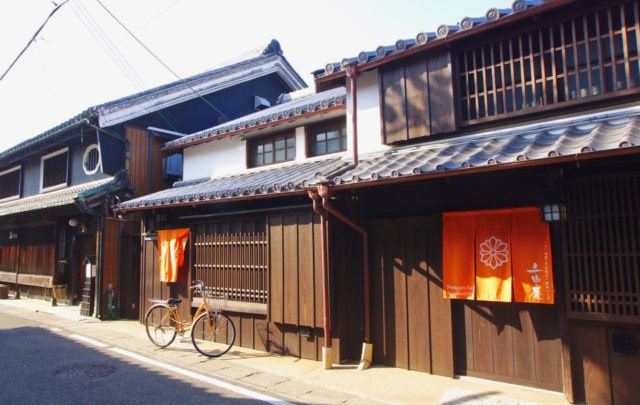
Maeda-ya Soy sauce shop
This shop sells the original say sauce combined with dried bonito flakes and Ume (Japanese plum). Soy sauce, dried bonito flakes and Ume are Wakayama’s specialities. It is very unique and its taste is very mild. You can taste it at the shop.
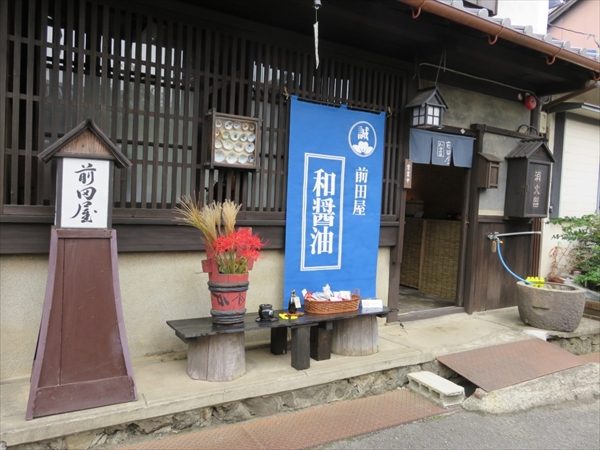
The fishmonger
This shop is still in business as a fishmonger.
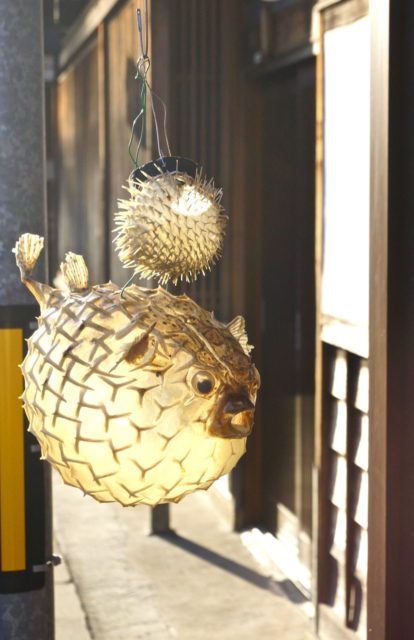
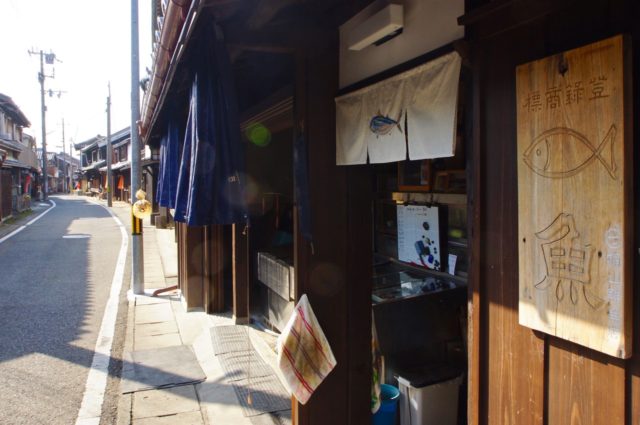
Seiro Museum (A street museum)
The items used in Yuasa people’s daily life are displayed in seiro (bamboo basket) and morobuta (bamboo trays) along the street. The town-related poems are also displayed.
They create a rich atmosphere.
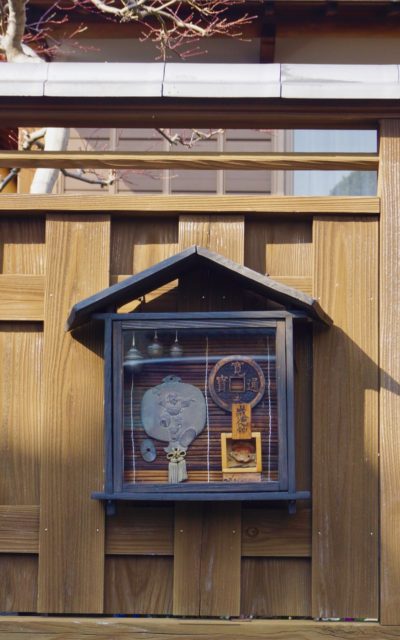
Tsuura’s House
This house was built in 1878, and was formerly a koji (malted rice) shop. The family made their own koji to sell to soy sauce breweries.
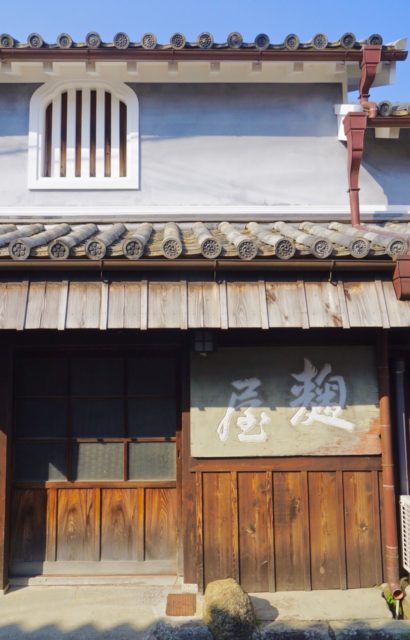
Jinburo (Japanese old public bath) museum
This public bath was operated from 19th century to1985. It has been preserved with the residence of the owner as a museum. You can experience the life at that time.
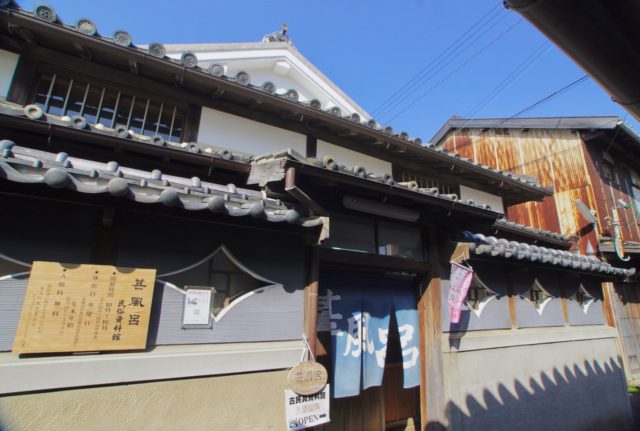
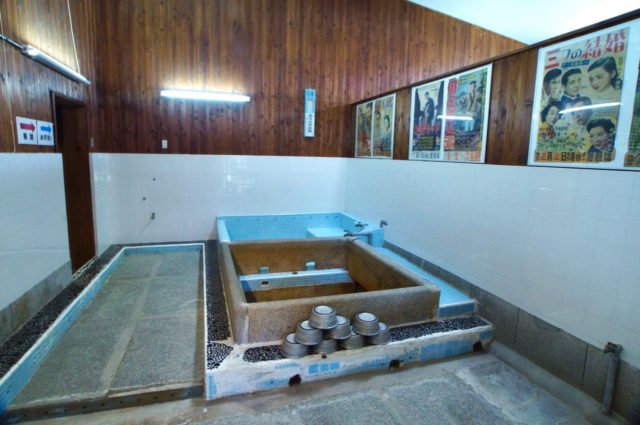
Yuasa Preservation District of Traditional Buildings rest area “Okasho”
Tourist information center and souvenir shop are located on the corner of Kajiyamachi dori (street) and Kitamachi dori (street). This house was previously a liquor shop named “Okasho”.
